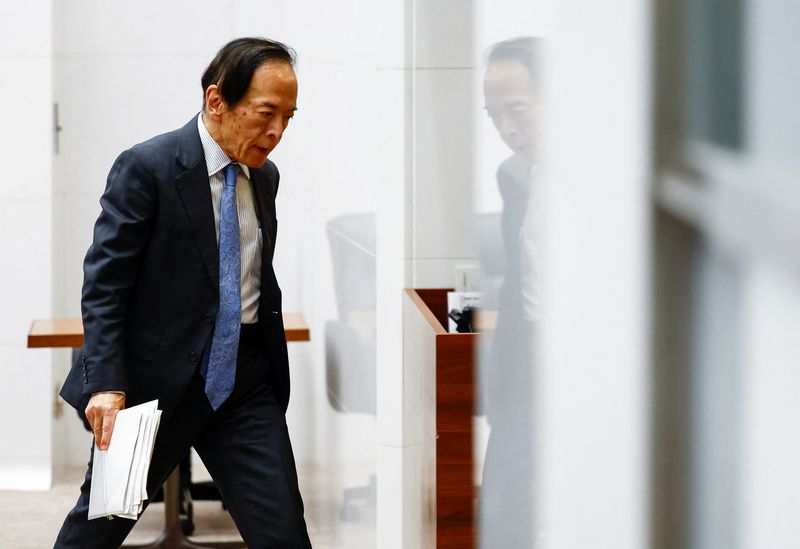Analysis-BOJ governor’s hawkish streak signals more hikes to come
The Bank of Japan (BOJ) has been known for its cautious and dovish approach to monetary policy in recent years. However, the current Governor of the BOJ, Haruhiko Kuroda, has shown a hawkish streak in his recent statements and actions, signaling that more interest rate hikes may be on the horizon.
BOJ Governor’s Hawkish Streak
In a departure from the past, Governor Kuroda has hinted at the possibility of raising interest rates sooner rather than later. This shift in tone has surprised many in the financial markets, as the BOJ has traditionally been one of the most dovish central banks in the world.
One of the main reasons behind this hawkish stance is the improving economic conditions in Japan. The country has been experiencing steady growth, low unemployment, and rising inflation, all of which are signs of a healthy economy. Governor Kuroda believes that it is time to start normalizing monetary policy and gradually increasing interest rates to prevent overheating.
Signs of More Hikes to Come
The BOJ has already made some small adjustments to its policy, such as reducing the amount of its annual asset purchases. This move was seen as a precursor to eventual rate hikes, as it signaled that the central bank is becoming less accommodative and more inclined to begin tightening monetary policy.
In addition, Governor Kuroda has been more vocal about the need to address Japan’s long-standing issue of low interest rates. He has emphasized the importance of maintaining a sustainable yield curve and avoiding negative side effects of prolonged ultra-low rates, such as asset bubbles and financial instability.
Market Reaction
The financial markets have reacted to Governor Kuroda’s hawkish stance with caution. While some investors welcome the prospect of higher interest rates, others are concerned about the impact on borrowing costs and economic growth. The yen has strengthened against the dollar, and Japanese government bond yields have risen in anticipation of future rate hikes.
Overall, the consensus among analysts is that Governor Kuroda’s hawkish streak is a sign that the BOJ is preparing to tighten monetary policy in the near future. This could have significant implications for Japan’s economy and financial markets, both domestically and globally.
Conclusion
The shift towards a more hawkish stance by BOJ Governor Haruhiko Kuroda signals that more interest rate hikes may be on the horizon. This is driven by improving economic conditions in Japan and the need to address the long-standing issue of low interest rates. While the market reaction has been mixed, it is clear that the BOJ is preparing to tighten monetary policy in the coming months. Investors and analysts will be closely watching for any further signs of rate hikes to come.
FAQs
Q: What is a hawkish stance?
A: A hawkish stance refers to a central bank’s policy approach that prioritizes fighting inflation over stimulating growth. It often involves raising interest rates to prevent overheating in the economy.
Q: How will higher interest rates impact the economy?
A: Higher interest rates can lead to increased borrowing costs for consumers and businesses, which can in turn slow down spending and investment. However, higher rates can also help curb inflation and prevent asset bubbles.
Q: What should investors do in response to a hawkish central bank?
A: Investors should closely monitor central bank statements and economic data to gauge the likelihood of future rate hikes. They should also diversify their portfolios to mitigate the potential impact of rising interest rates on their investments.




